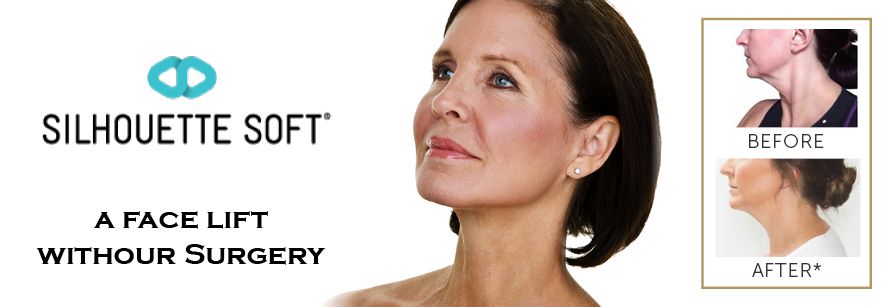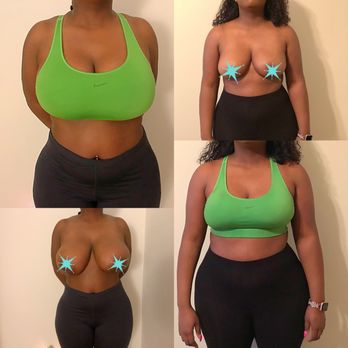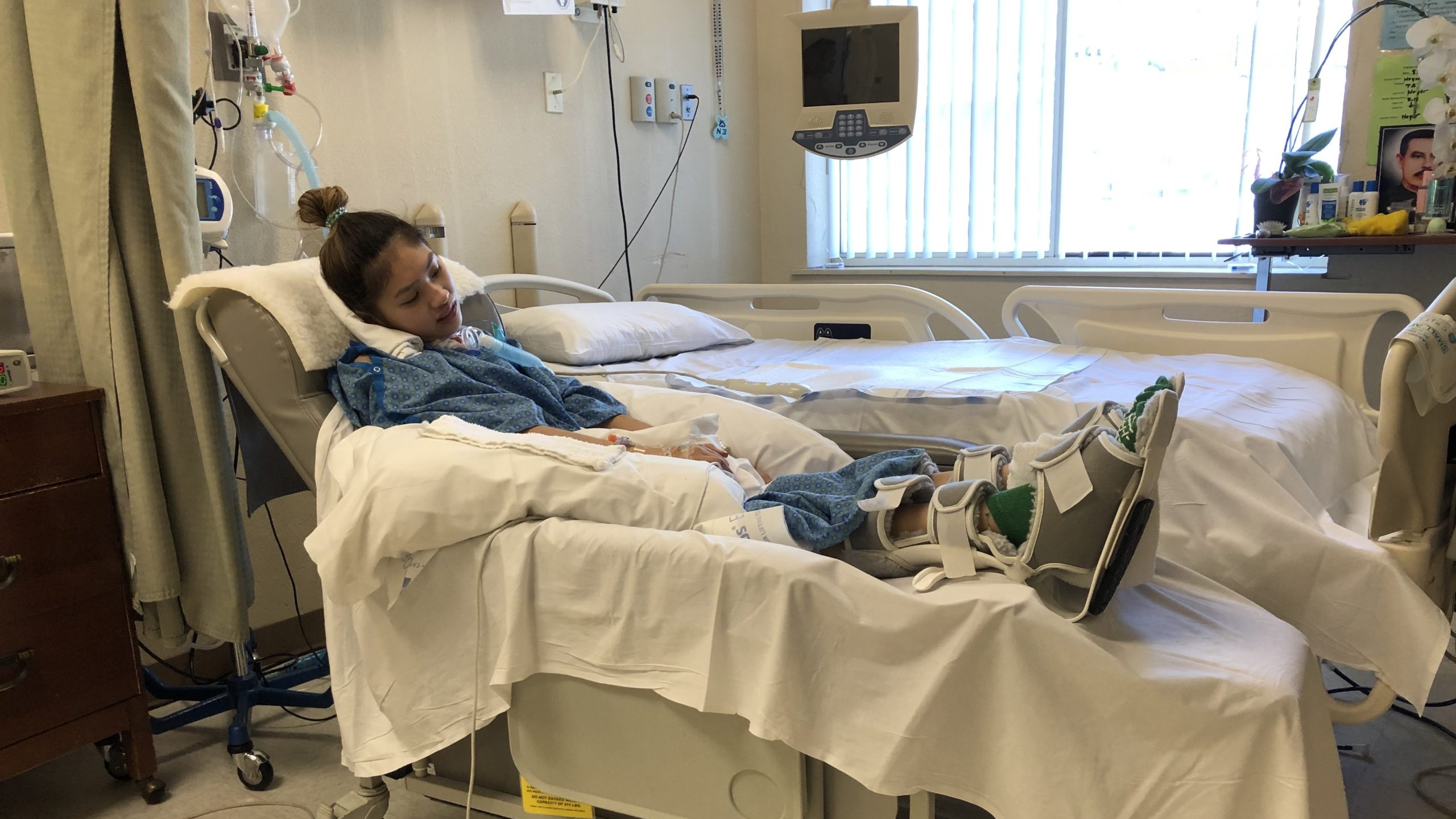
The after-effects from anaesthesia are the first step in breast implant recovery. These include nausea and soreness. Some women experience severe pain following surgery. Pain medication can ease the discomfort and speed up recovery time. You can use a breast support bandage to aid in your recovery. You can also take pain medication to reduce the redness and swelling around your breasts. A compression bra should be worn to support the breasts as they heal.
Compression bras
You will need a bra for post-operative breast surgery. Bras with padding or underwires can cause scarring and irritation. A compression bra that does not have underwires or padding is safer because it offers support and comfort throughout recovery. It is also easier to take off compression bras that have front closures. Here are some tips that will help you select the right compression bra to suit your needs.
A compression bra can be used post-operatively to promote circulation and reduce swelling around the breasts. Compression garments can also be used to promote antimicrobial cell transfer to the area of infection. This is vital for eliminating pathogens. Compression bras are a great way to help women heal from breast-implant surgery. They allow for post-operative changes as well as reducing the chance of clot migration. It assists in the elimination of clots following plastic surgery. This can have disastrous consequences.

Implants of under-muscle
Breast implant placement with under-muscle implant is slightly slower than other methods. The implants are removed from their sockets and placed into a tunnel. This is a much less invasive procedure and causes less pain. Expect some swelling, pain and bruising as part of your recovery process. It could take four to 8 weeks for the swelling in your legs to subside.
Breast implant patients usually experience some pain following their procedure. However, it can vary depending on the surgical technique used and the patient's tolerance for discomfort. Some women feel very little pain while others need painkillers to manage their discomfort. In addition, if you have the procedure done under the muscle, your implant will likely look too high right after surgery. This is completely normal. It could take weeks to months for your implants in the right place.
The sutures will swell
Swelling around the incision after breast implant recovery can be a sign that your implants have been repositioned incorrectly. There are many reasons this can occur. Infections could occur if the wound gets infected. Dissolvable sutures may break down faster. It can also happen if you lift heavy objects or engage in strenuous activities too soon after the surgery. You should immediately contact your surgeon if you experience this problem.
Breast implant surgery can cause swelling and pain due to infection, or damage to the breast tissue. These problems can be avoided by using blood thinners. But, using them after surgery may make matters worse. These blood thinners can help to reduce swelling andbruising. It may also relieve your pain. Check with your doctor to ensure you are free from any other medical conditions.

Long-term complications
After breast implant surgery, there are long-term complications. Patients may need to spend the night in hospital due to swelling. However, bruises won't affect the outcome. A haematoma may increase the likelihood of capsular contraction and can require additional time in the hospital. These complications are rarely serious and often do not last.
Although breast implant manufacturers often issue updates regarding medical devices, there have been very few complaints from physicians. The FDA may report some instances of adverse events, but these are only the beginning. Most doctors don't report any problems with medical equipment, so the reported cases are considered the "tippy top" of possible problems. The risk of BIA/ALCL with textured implants is estimated at between 1.79 and 2.82 for every thousand.